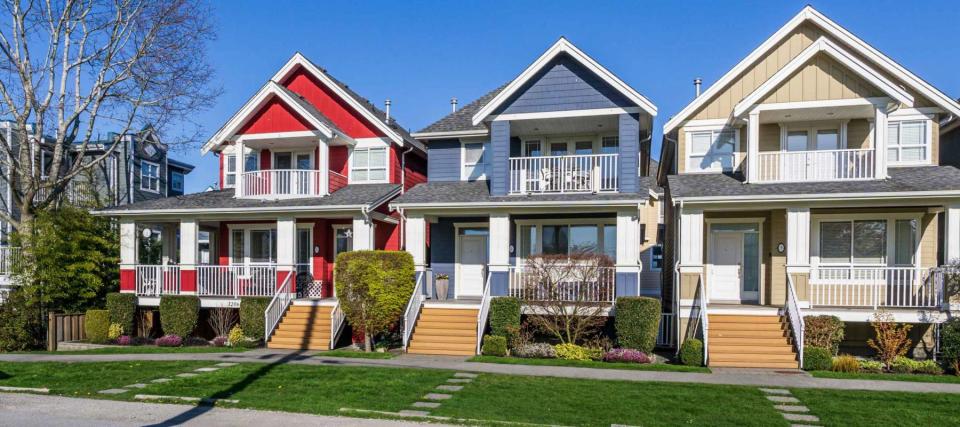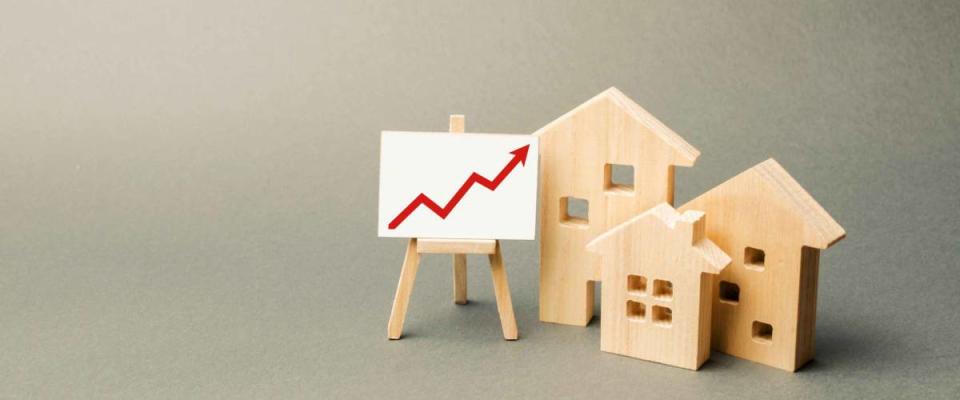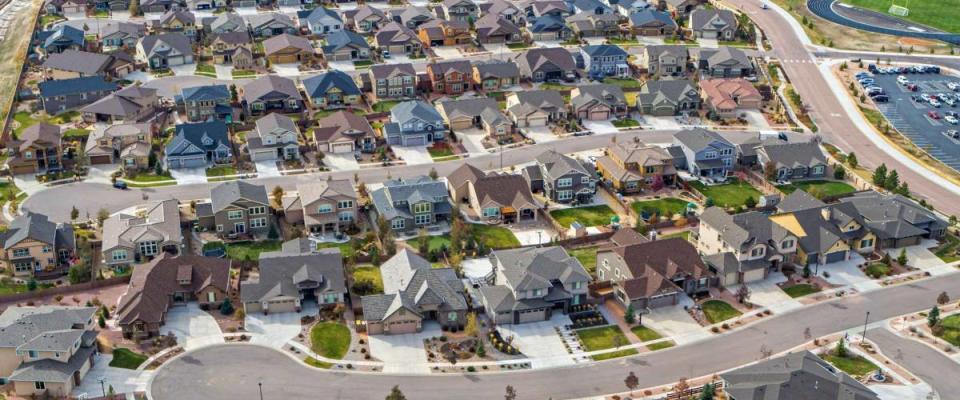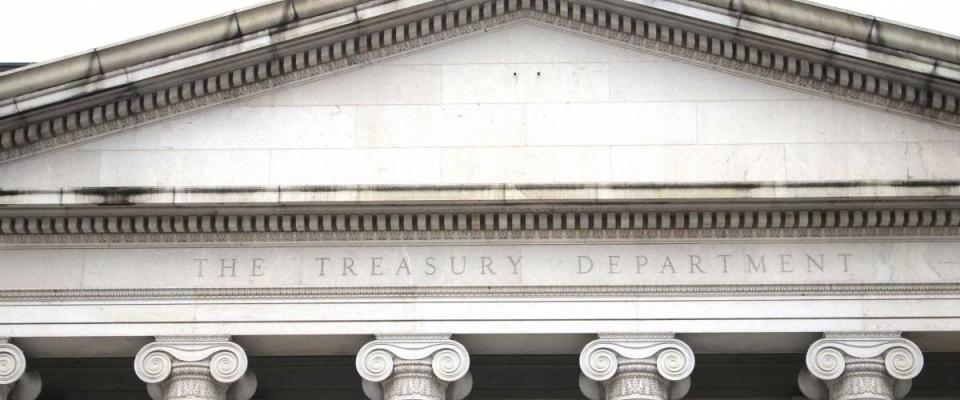Mortgage rates below 3% are still around, but they're disappearing fast

Mortgage rates keep pushing their way higher, new surveys show, and the ultra-low rates seen throughout most of 2020 and early this year are vanishing quickly.
Average 30-year mortgage rates are holding on above 3%, and one rate tracker says they're now far above that mark, close to 3.5%. But lower rates are still available, if you look hard enough and can qualify.
Analysts say rates are likely to keep rising as the economy improves. So, homebuyers and refinancing homeowners may want to move quickly to line up their loans.
Here's a closer look at where mortgage rates stand — and where they're going.
30-year mortgages

According to the long-running survey from mortgage giant Freddie Mac, the average rate on a 30-year fixed-rate mortgage edged up to 3.09% last week, from 3.05% a week earlier.
Rates are still more favorable today than they were a year ago, when 30-year loans were averaging 3.65%, according to Freddie Mac. Two years ago, the average was 4.31%.
“As expected, mortgage rates continued to inch up but are still hovering around 3%, keeping interested buyers in the market,” says Sam Khater, Freddie Mac chief economist, in a news release.
Other surveys are showing much higher rates, not so close to 3%.
The Mortgage Bankers Association puts the average for a 30-year mortgage at 3.28%, and Mortgage News Daily reported that by the end of last week rates hit 3.45%, on average — near a one-year high.
15-year mortgages

Freddie Mac says the average rate on a 15-year fixed-rate mortgage — a popular choice for refinance loans — was 2.40% last week, up from 2.38% the previous week and 3.06% a year ago.
Mortgage News Daily had 15-year rates averaging a higher 2.89% on Friday.
Aside from refinancing, 15-year mortgages can make sense for a borrower who is able to make higher monthly payments. The reward is much lower interest costs.
5/1 adjustable-rate mortgages
Rates on 5/1 adjustable-rate mortgages last week were averaging 2.79% in the Freddie Mac survey, up from 2.77% a week earlier and 3.11% a year ago.
Mortgage News Daily puts those rates lower: at an average 2.75% as of Friday.
Adjustable-rate loans often start out with lower rates than fixed-rate mortgages, but after a period of years the rates “adjust” — meaning they can move up or down in sync with the prime rate or another yardstick.
Borrowers may be attracted to an adjustable-rate loan if they don’t expect to hold the property for the full term of the mortgage, or if they expect their income to increase in the coming years.
Why are mortgage rates surging?

Mortgage rates tend to follow the yield on the 10-year Treasury note, which has been rising amid growing signs of an economic comeback. Last week, the 10-year yield jumped above 1.7% for the first time in 14 months.
Growing vaccine distribution efforts, combined with the new round of stimulus checks and other COVID relief, are fueling optimism over the economy and prompting investors to pull money out of bonds and pour it into riskier investments, including stocks. That’s causing bond prices to drop and their yields to rise.
“Upward pressure on mortgage rates is likely to remain,” says Zillow economist Matthew Speakman, "as increased economic activity and steeper inflation both tend to push rates higher."
But for now — and probably not much longer — mortgage rates under 3% are still available if you shop around and have a high enough credit score and meet other qualifications.
For example, United Wholesale Mortgage, one of the largest home lenders in the U.S. continues to advertise 30-year fixed-rate loans with rates as low as 2.999%.
Mortgage rates remain attractive for homebuyers, homeowners

Rates overall remain low by historical standards, and are motivating homebuyers to jump into the market — despite rising prices and shortages of houses for sale.
“Given the very low inventory environment, competition among potential homebuyers is a challenging reality, especially for first-time homebuyers," Freddie Mac's Khater says.
As for homeowners, they’ve been pulling back on refinancing amid the recent increases in mortgage rates, according to the latest data on mortgage applications. But some 12.9 million mortgage holders still stand to benefit from a refi, the mortgage technology and data provider Black Knight reported earlier this month.
Those with 30-year mortgages who have at least 20% equity in their homes and are current on their payments are "high-quality refinance candidates," Black Knight says. They also should have a credit score of at least 720 and be able to shave three-quarters of a point (0.75) or more off their mortgage rate by refinancing.
Comparison shopping will help you find the best mortgage rate. Multiple studies have found that borrowers who get quotes from five lenders can save thousands over time, versus a borrower who gets just one quote.
Shopping around also works well when you're buying or renewing your homeowners insurance. Gathering and comparing prices from multiple insurers may result in hundreds of dollars in annual savings.

 Yahoo Sport
Yahoo Sport 





































